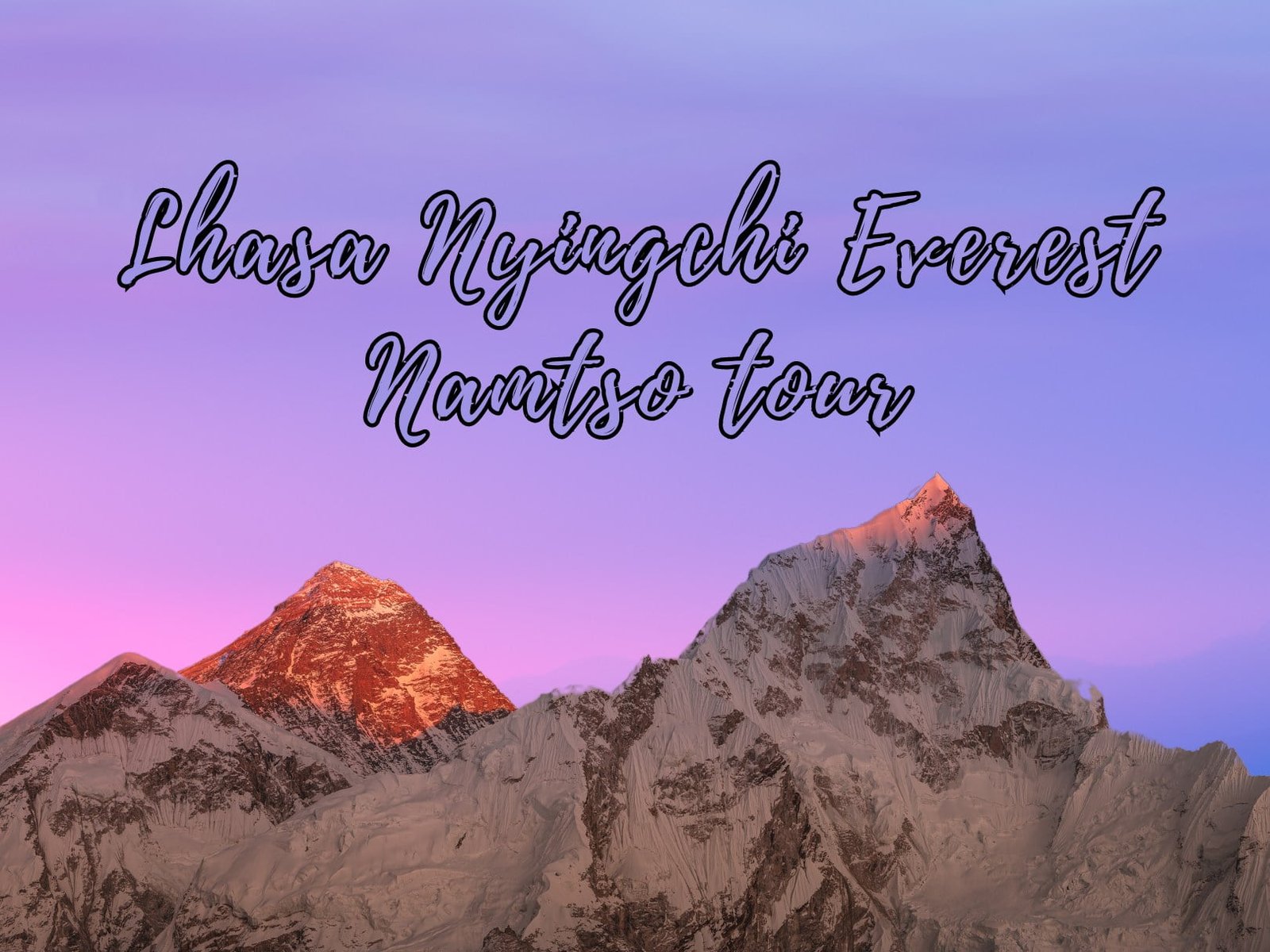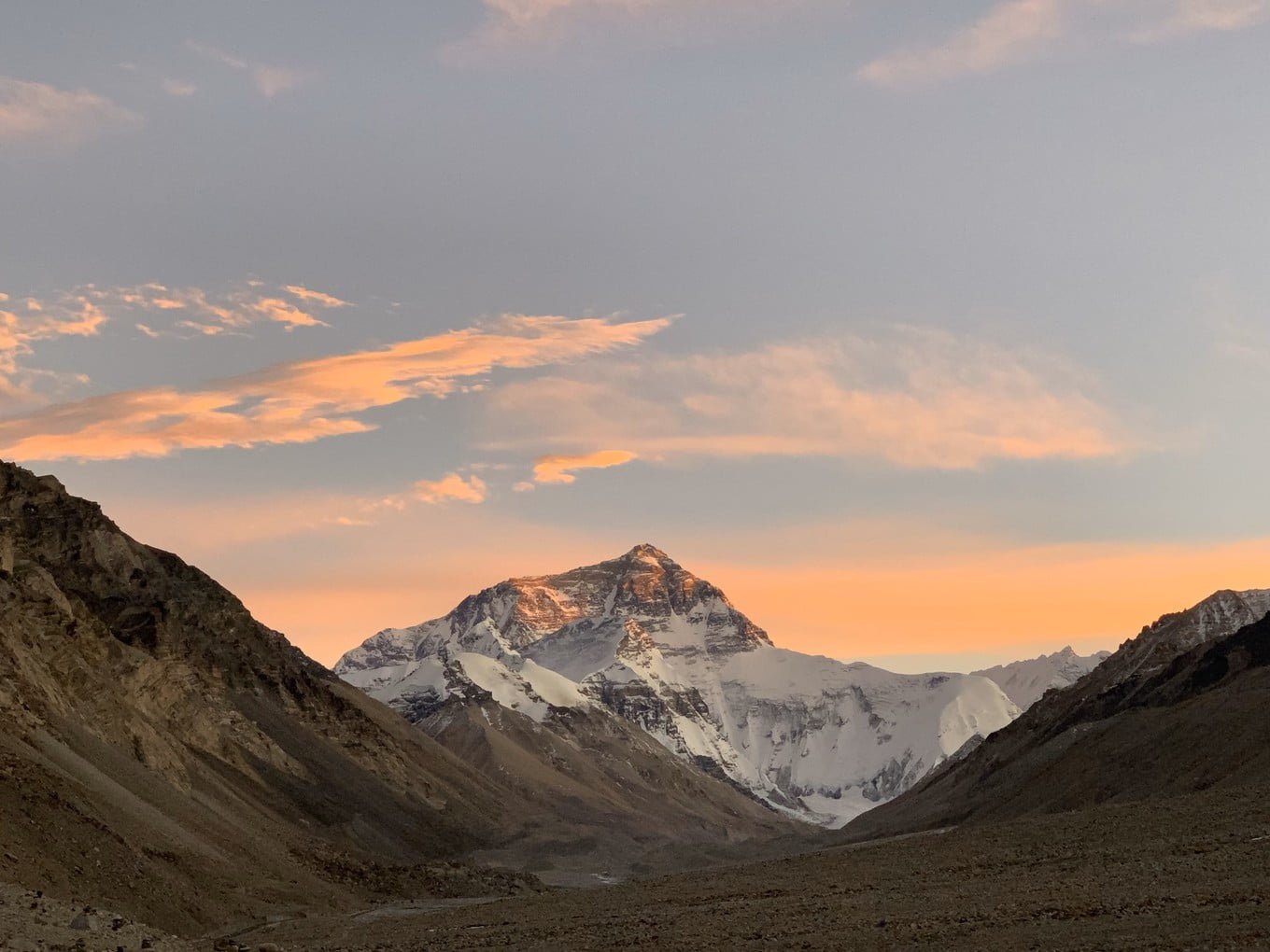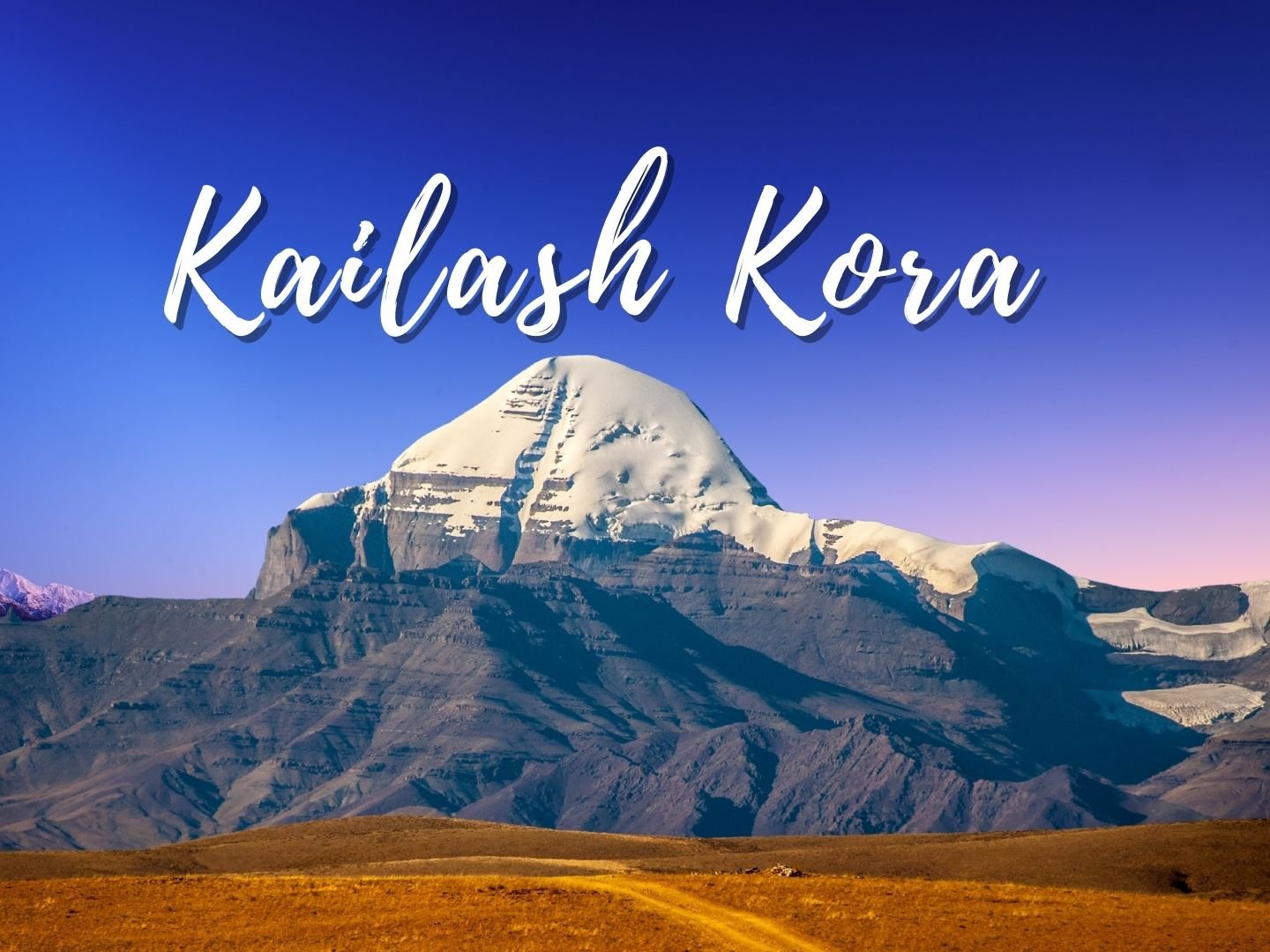Tibet, a land cloaked in mystique, captivates hearts worldwide, allured by its promises of transformation and spiritual experiences. Its iconic landmarks and vibrant cultural tapestry offer a glimpse into a world steeped in tradition and devotion.
When thoughts drift to Tibet, the majestic Potala Palace often claims the spotlight, yet the true soul of Lhasa resides in the humble yet spiritually potent Jokhang Temple. While the Potala Palace represents authority and grandeur, the Jokhang Temple epitomizes the intimate, devout facet of the city. Holding the revered life-size Buddha statue of Sakyamuni, it magnetizes pilgrims from every corner of Tibet.
Within its walls, life pulsates with faith, interwoven with rituals, prayers, and communal practices, such as partaking in sweet tea and heartfelt conversations at local teahouses. To grasp the essence of local life, immersing oneself in the vibrant rhythms of Barkhor Street becomes crucial, shifting the focus from the grandeur of the Potala Palace to the communal heartbeat of everyday existence.
Lhasa merely scratches the surface of Tibet’s allure. The vast expanse of the Tibetan Plateau presents a breathtaking panorama with snow-capped peaks and sacred lakes. Revered as the “Third Pole,” this high-altitude paradise mesmerizes with its thin air and awe-inspiring vistas, a homage to nature’s grandeur. Its unparalleled beauty enthrals visitors, offering a glimpse of Earth’s unspoiled splendour.
Tibet, beyond a mere destination, stands as a sanctuary of spirituality and natural magnificence. Embracing its cultural enclaves and unspoiled landscapes unveils a world where tradition meets transcendence, promising an experience that transcends the ordinary.
Investing in this mystical journey to Tibet offers a glimpse into a realm where spirituality intertwines with natural beauty, promising a transformative and soul-stirring experience.
For a newcomer, uncovering the genuine spirit of Tibet transcends the famed attractions. Immersion in local customs, rituals, and spiritual depths leads to the heart of this culturally rich land. The Jokhang Temple’s spiritual energy, the vibrant life on Barkhor Street, and the natural marvels beyond Lhasa encapsulate the essence of a profound Tibetan journey.
Perceptions about Tibet often paint a picture of an entirely snow-clad plateau, crowned the “roof of the world.” However, reality contradicts this common portrayal. The widespread misconception belies the actual geographical makeup of Tibet, where not every corner is draped in snow.
Contrary to popular belief, not all of Tibet is blanketed in snow-capped mountains. Satellite observations reveal that these peaks are more concentrated along the southern edges of the Qinghai-Tibet Plateau, primarily in the Himalayas. The bountiful snow is a result of the warm southwest monsoon air currents that bring considerable precipitation, especially to the Himalayas.
The best vistas of these grand snowy peaks aren’t solely confined to Tibet but extend into Nepal. The southern slopes of the Nepalese mountains offer more accessible altitudes and better conditions for hiking.
Although a part of Tibet, Linzhi contradicts the common narrative. Situated in the southeast, Linzhi boasts lush vegetation and contradicts the stereotypical perception of a high-altitude, snow-covered Tibet. This region is a paradise for nature enthusiasts, harbouring 80% of Tibet’s forests due to its milder climate, lower altitude, and increased precipitation.
The varied landscapes across Tibet challenge the conventional understanding, emphasizing the richness and diversity of this awe-inspiring land. Beyond the assumed image of an entirely snow-draped plateau, Tibet presents a multifaceted and captivating picture, inviting exploration and breaking the chains of stereotypes.
.
Linzhi, home to the “Tibetan Jiangnan,” boasts the awe-inspiring Yarlung Zangbo Grand Canyon, the world’s deepest. This magnificent gorge acts as a conduit for moisture, fostering abundant precipitation from the Indian Ocean.
Linzhi’s allure stems from its wealth of snow-capped mountains, glaciers, and waterways created by melting ice and snow. The region boasts attractions like the revered Basongcuo Lake and the mysterious Namjagbarwa Mountain.
Throughout the year, Linzhi showcases diverse landscapes—vibrant pink springs, lush summers, golden autumns, and snow-blanketed winters. This region defies the typical snow-laden Tibetan expectations with its varied beauty.
Tibet’s diverse landscapes burst into life in spring and summer, from Nyingchi’s grasslands to the orchid-draped Basongcuo Lake. The region presents a captivating and diverse landscape.
For novices exploring Tibet, Linzhi, with its lower altitude and higher oxygen levels, offers a more accessible introduction compared to Everest or Ali’s rugged terrains.
Amidst concerns of Tibet’s modernization, there’s a quest for genuine experiences. While Tibet might not possess mystical powers, its authenticity lies in the local Tibetans’ simple, devout lives, resonating with visitors seeking solace and genuine connections.
Qingpu Ashram, a haven for secluded practice in Tibet, stands as a testament to Master Padmasambhava’s legacy. Renowned for its meditation caves, it draws practitioners from diverse regions seeking spiritual enlightenment.
While tourists arrive in Tibet seeking insight into local lives, many depart as mere observers. The Ashram serves as a conduit, facilitating mutual understanding and offering a chance for visitors to immerse in the spiritual depth and hardships of plateau existence.
Tibet captivates with more than just scenic beauty. Its essence lies in the thin air, the deliberate pace, and the deep-rooted faith within the local culture—a pursuit transcending a single lifetime.
A trip to Tibet transcends material gains or landmark checklists. It’s about gathering profound experiences and insights carried in the heart, not in baggage, seeking a deep understanding of the place and its people.
For those seeking a guided journey through Tibet, Daodao offers a meticulously crafted option for first-time travelers—introducing “Jiangnan, Tibet,” a thoughtfully designed exploration of the region’s rich spiritual tapestry.
Daodao’s pre-prepared routes redefine the first-time exploration of Tibet, emphasizing serenity, spirituality, and authenticity for visitors seeking a profound connection with this sacred land.
Product Wang curates immersive journeys through Tibet that delve deep into the cultural tapestry. Daodao offers an alternative city exploration of Lhasa, revealing the city’s true essence through unique experiences on Barkhor Street, Thangka Art Center visits, Tibetan tea savours, and understanding Tibetan incense.
Venturing along the Yarlung Zangbo Grand Canyon, Daodao intricately designs private itineraries. Guests stay in snow-capped mountain-facing Tibetan villages, explore Basongcuo, and engage with locals in villages like Cuogao and Jieba Village.
In Shannan, the cradle of Tibetan culture, Daodao organizes visits to significant sites like the Qingpu ashram, Samye Monastery, and the sacred Yamdrok Yumco. This area provides a deep dive into Tibetan history, culture, and spiritual practices.
The “Tibet Jiangnan Classic Edition” presents a 9-day journey from Linzhi, offering a diverse cultural experience at a starting price of ¥5980. It encapsulates extensive cultural exploration and picturesque landscapes, ensuring an authentic Tibetan encounter.
Additionally, the “Tibet Jiangnan·Upgraded Edition” enhances the classic journey with luxurious accommodations in renowned hotels, priced from ¥7980. This upgraded edition aims to provide a more lavish stay while exploring the captivating Tibetan landscapes and culture.
Both editions are designed to offer a comprehensive experience, ensuring a blend of cultural immersion and comfort in the mesmerizing landscape of Tibet. The itineraries promise a deeply enriching journey that goes beyond the conventional tourist trails.
Certainly, here are a couple of additional tips for your Tibetan journey:
Drawing from Daodao’s extensive experience guiding friends through Tibet, most can avoid severe altitude sickness if certain precautions are followed. These experiences and tips are crucial to ensuring that visitors have a smoother transition to the high altitude. Altitude sickness can be prevented and mitigated through physiological adjustments, especially considering that Tibet’s oxygen content is relatively higher during the summer months.
Daodao has compiled a detailed guide on preventing altitude sickness. You can refer to this guide for valuable information and strategies to prepare for the high altitudes. Access the guide [here](insert link to the guide).
June marks the beginning of Tibet’s peak travel season, which is also one of the most beautiful times to explore the region. When purchasing tickets, a cost-saving strategy involves buying a ticket from your departure city (such as Shanghai) to a transit city (like Chengdu or Chongqing) and then separately booking a direct flight from the transit city to Lhasa. This approach can save nearly 1k in transportation costs, providing an economical option for travel to Tibet.
We often aspire to visit Tibet but tend to delay the decision, thinking there will always be a next time. However, these delays can be endless. Seize the best travel season in Tibet and make the dream of visiting this sacred land a reality. The opportunity, like the planted grass, has waited for so long. Take advantage of this moment to embark on your Tibetan journey.







